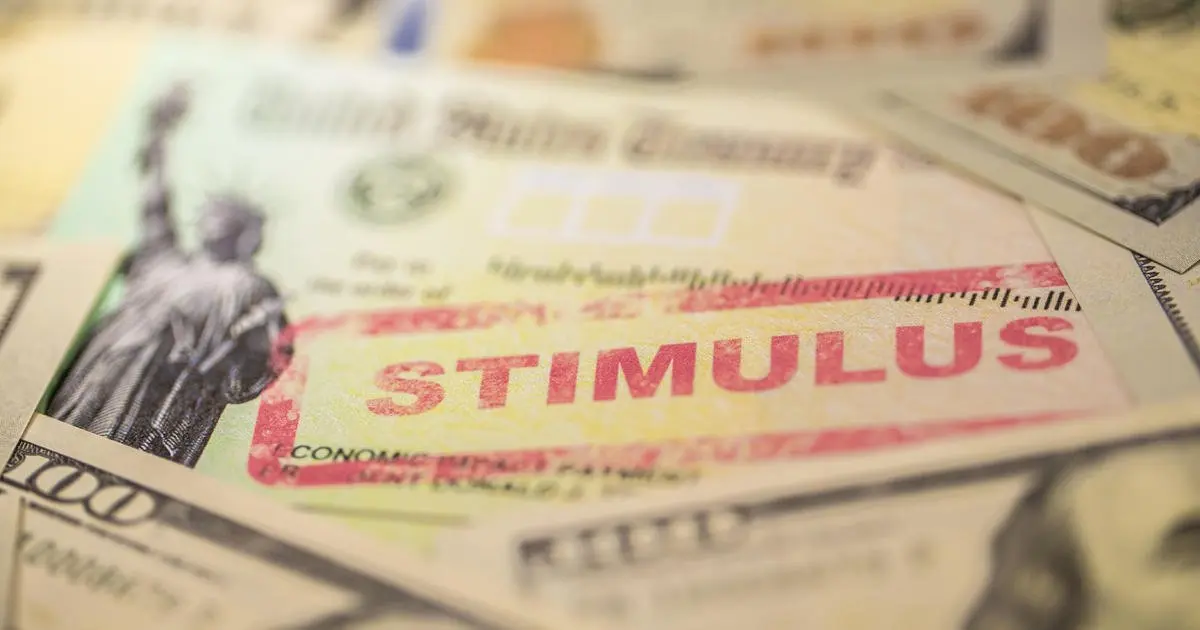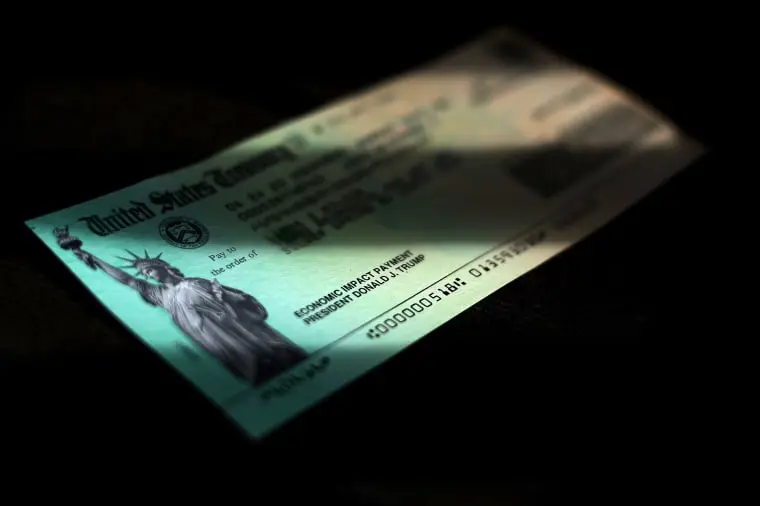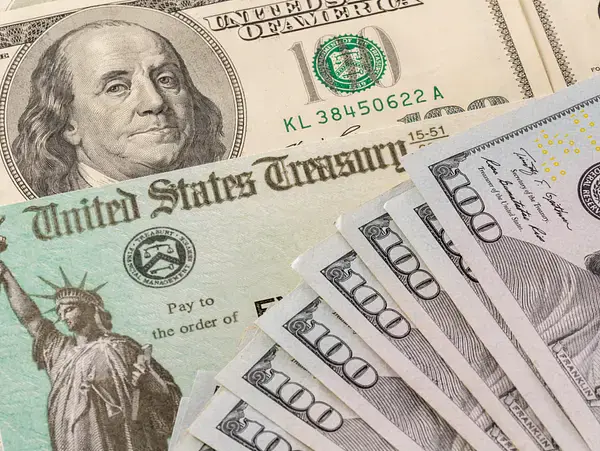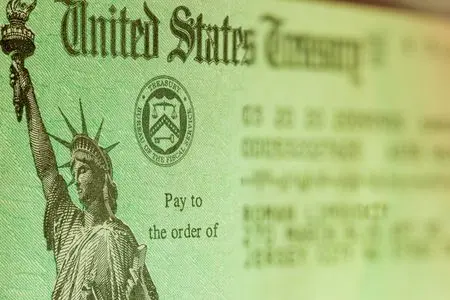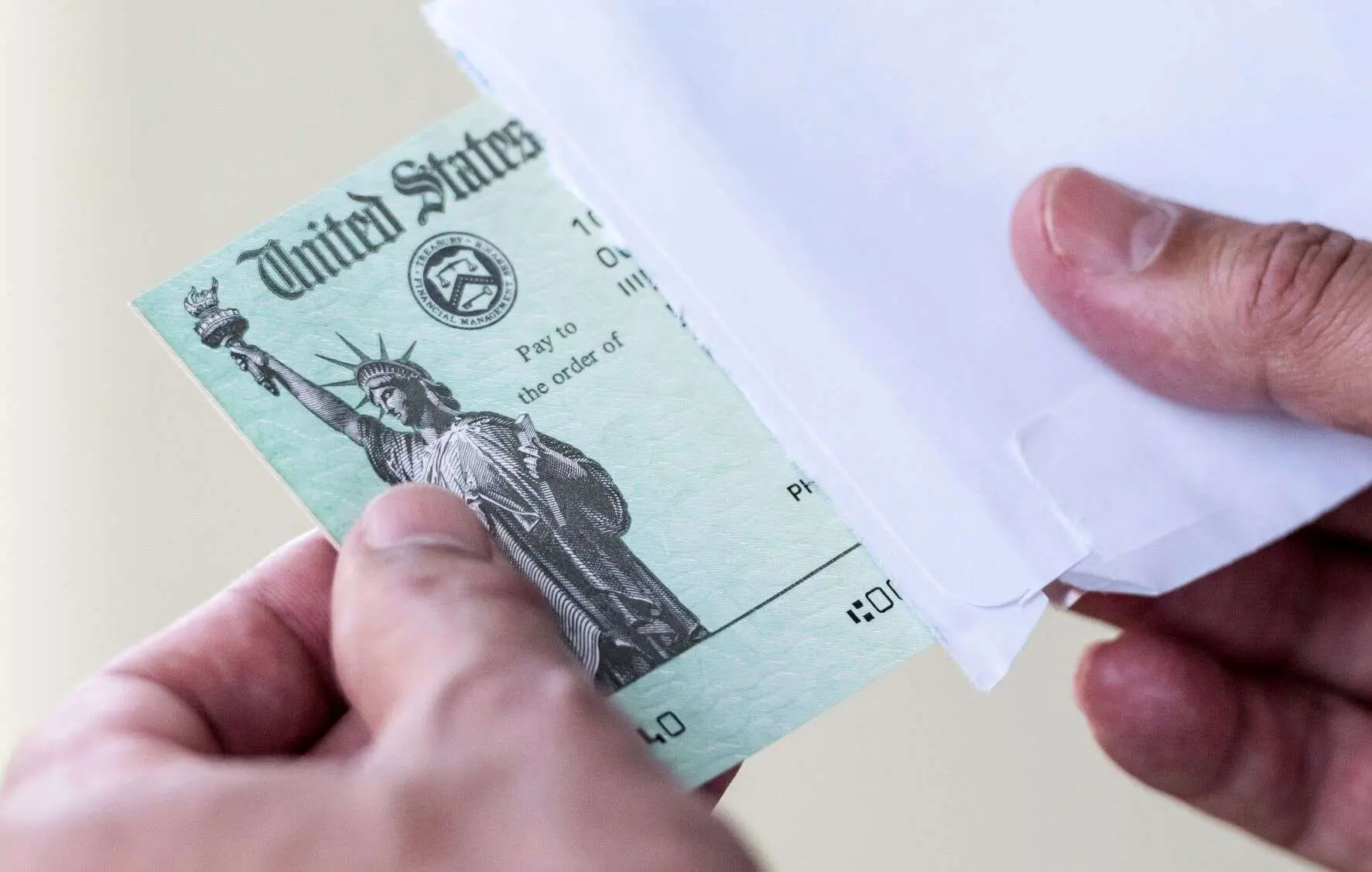
⚠️ Common Types of Stimulus Check Scams
Scammers are getting more creative, but most stimulus scams fall into familiar patterns. Recognizing them early can save you from identity theft or financial loss.
| Scam Type | How It Works | Red Flags to Watch For |
|---|---|---|
| Email Scams | Fake IRS or “relief payment” emails ask for personal info or links to claim money | Email not ending in “.gov”, misspellings, urgent tone |
| Text Message Scams | Messages promise “faster stimulus” or “bonus payments” if you click a link | Shortened URLs, unknown sender, unrealistic promises |
| Phone Calls | Scammers pretend to be IRS agents demanding verification | Threatening tone, requests for immediate payment |
| Fake Websites | Copycat IRS websites ask for login or SSN | URL doesn’t begin with “https://www.irs.gov” |
| Check Fraud | Fake paper checks arrive with instructions to “verify” your account | Asked to send part of money back or pay a “processing fee” |
🔍 How to Tell if a Stimulus Message Is Legit
The IRS never contacts taxpayers by email, text, or social media about stimulus payments or tax refunds. Legitimate communication will only come via official IRS mail.
✅ Real IRS messages will:
- Come from “irs.gov” or “treasury.gov” domains only
- Never ask for your full Social Security number or bank login
- Never request prepaid debit cards, wire transfers, or cryptocurrency payments
- Provide clear reference numbers and contact information
If you receive a suspicious message, go to the official IRS website and use the “Get My Payment” tool to verify your payment status directly.
🛡️ How to Protect Your Bank Info and SSN
Identity theft often begins with small leaks of personal data. Take these steps to secure your sensitive information:
- Don’t click links in unsolicited messages about stimulus payments.
- Enable two-factor authentication on your banking and tax software.
- Check your credit reports regularly through AnnualCreditReport.com.
- Report phishing emails to [email protected].
- Freeze your credit if you suspect a breach.
- Use a trusted tax preparer or verified IRS e-file system.
👉 Pro tip: The IRS will never call, text, or email you about direct deposit details. If someone asks for that, it’s a scam!
🧾 What to Do If You’ve Been Scammed
If you accidentally gave out your bank account or Social Security number, take action immediately:
| Step | What to Do | Where to Report |
|---|---|---|
| 1 | Contact your bank to block or reverse fraudulent transfers | Your local bank or credit union |
| 2 | Report identity theft | IdentityTheft.gov |
| 3 | File a complaint for stimulus-related scams | FTC.gov/complaint |
| 4 | Notify the IRS about a tax-related scam | Email [email protected] |
| 5 | Place a fraud alert on your credit | Equifax, Experian, TransUnion |
🚨 Stay Informed, Stay Safe
Scammers thrive on confusion. As stimulus-related programs evolve, always double-check the source before sharing personal details. Remember:
- If it sounds too good to be true, it probably is.
- The IRS will never demand payment or promise bonuses over email or text.
- Visit IRS.gov or FTC.gov for verified updates on any stimulus program.
Protecting your bank info and Social Security number means protecting your future. Stay alert, share this info with friends and family, and help others avoid becoming the next victim. 💪

